AERO2409: Leadership, Management, and Decision-Making in Aviation
VerifiedAdded on 2022/11/24
|5
|937
|182
Report
AI Summary
This report delves into the critical aspects of leadership and managerial decision-making within the engineering environment, specifically focusing on the aviation industry. The analysis begins by emphasizing the importance of leadership in achieving organizational goals, highlighting the need for effective strategies, communication, and a positive organizational culture. It explores various leadership styles and their impact on project efficiency, compliance with aviation regulations, and the fostering of teamwork and creativity. The report then transitions to the significance of managerial decision-making, particularly in a sensitive sector like aviation, where impulsive choices can be detrimental. It discusses the importance of experience, planning, and ethical considerations in decision-making, and reviews common strategies such as cost-benefit and "Plus-Minus-Interesting" methods. The report underscores the need for managers to possess ethical decision-making skills to successfully execute business plans and navigate the inherent risks associated with the aviation industry.
1 out of 5
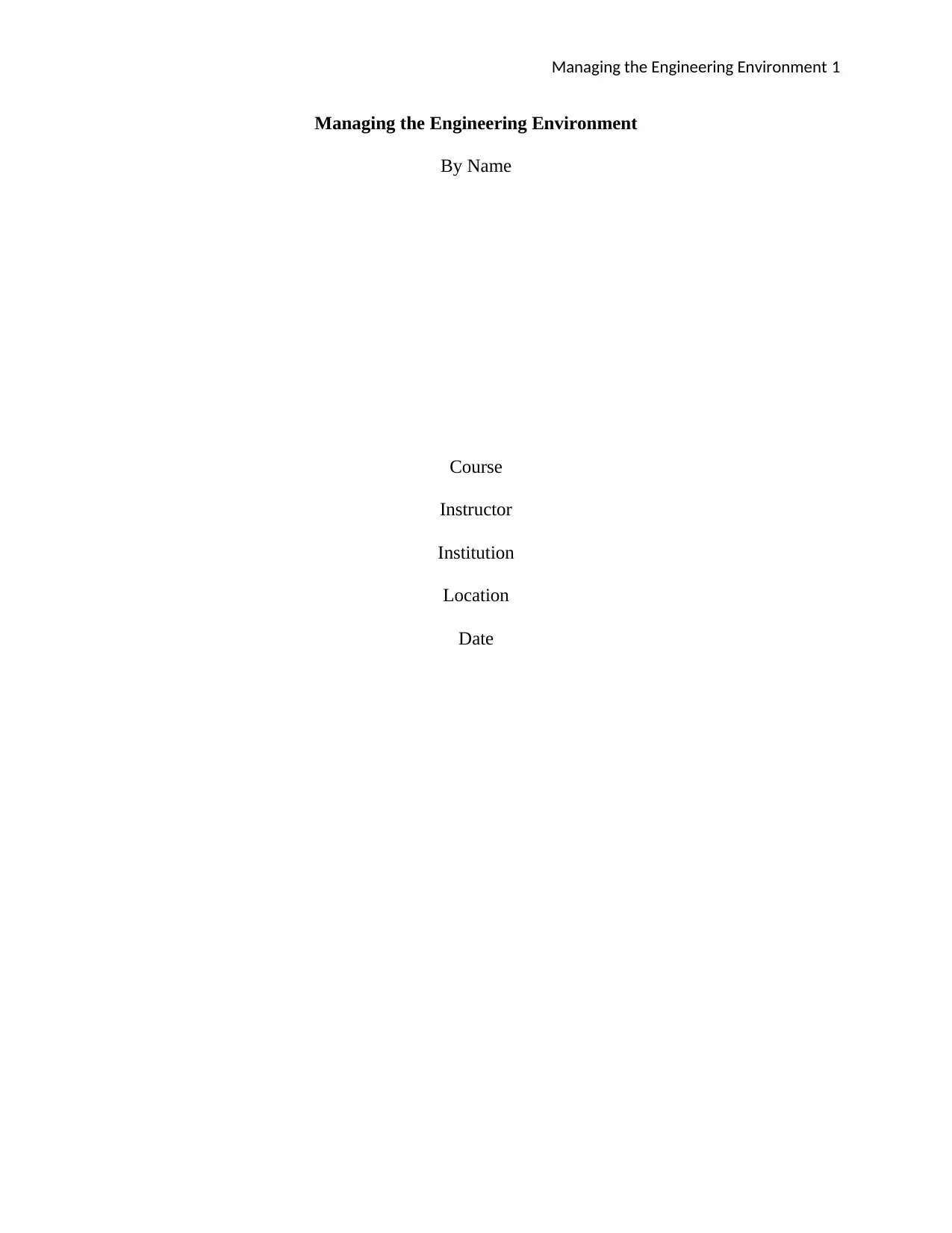
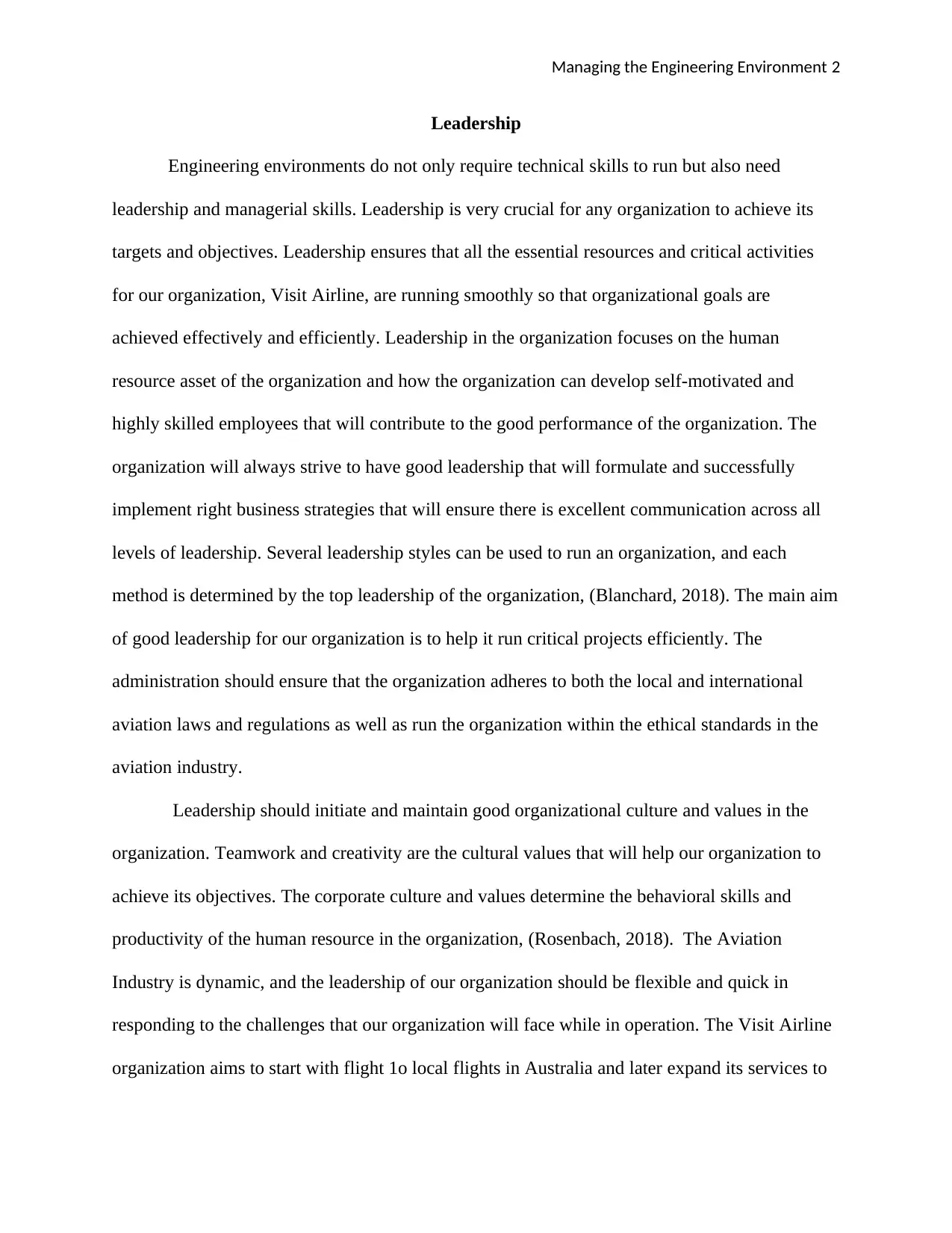
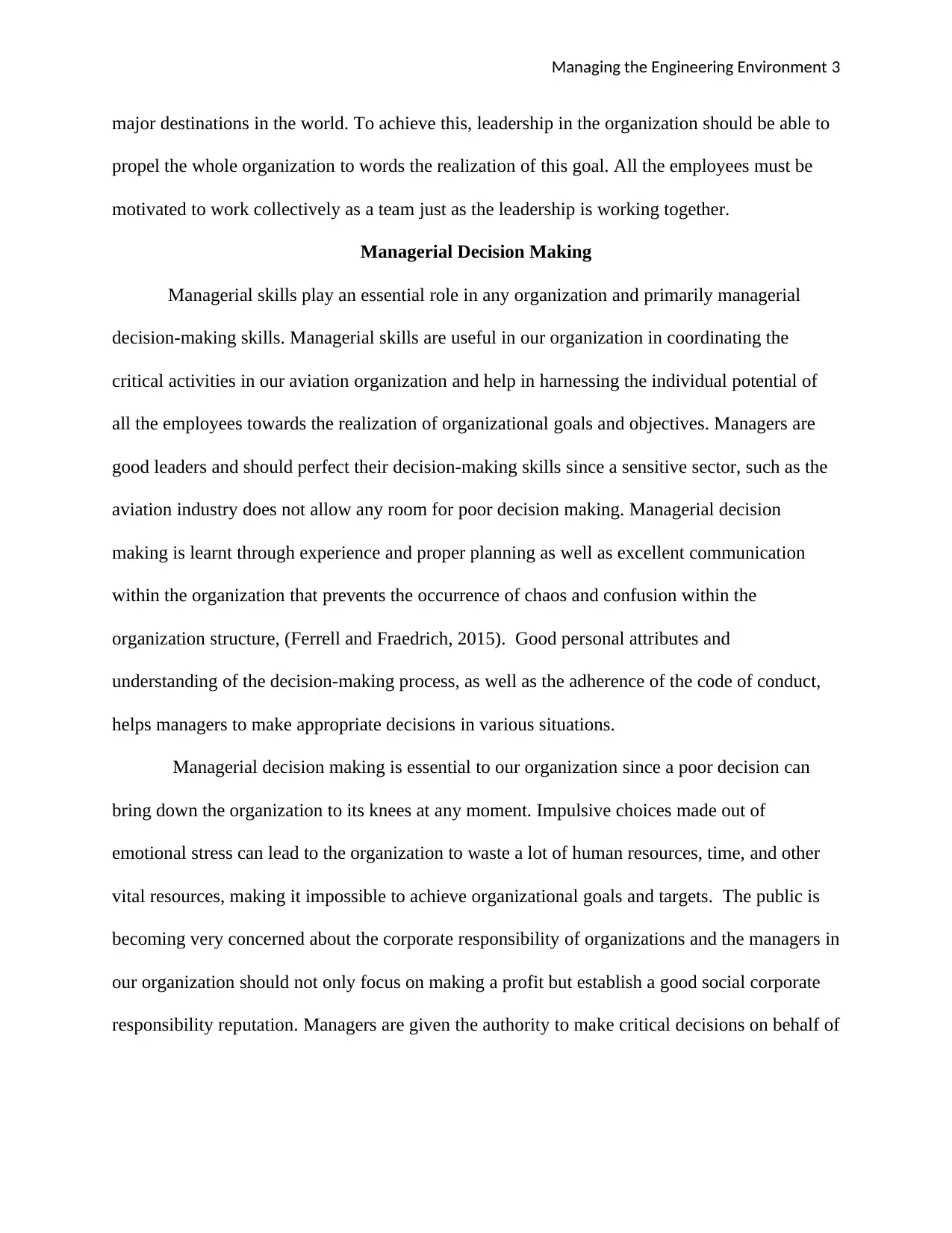

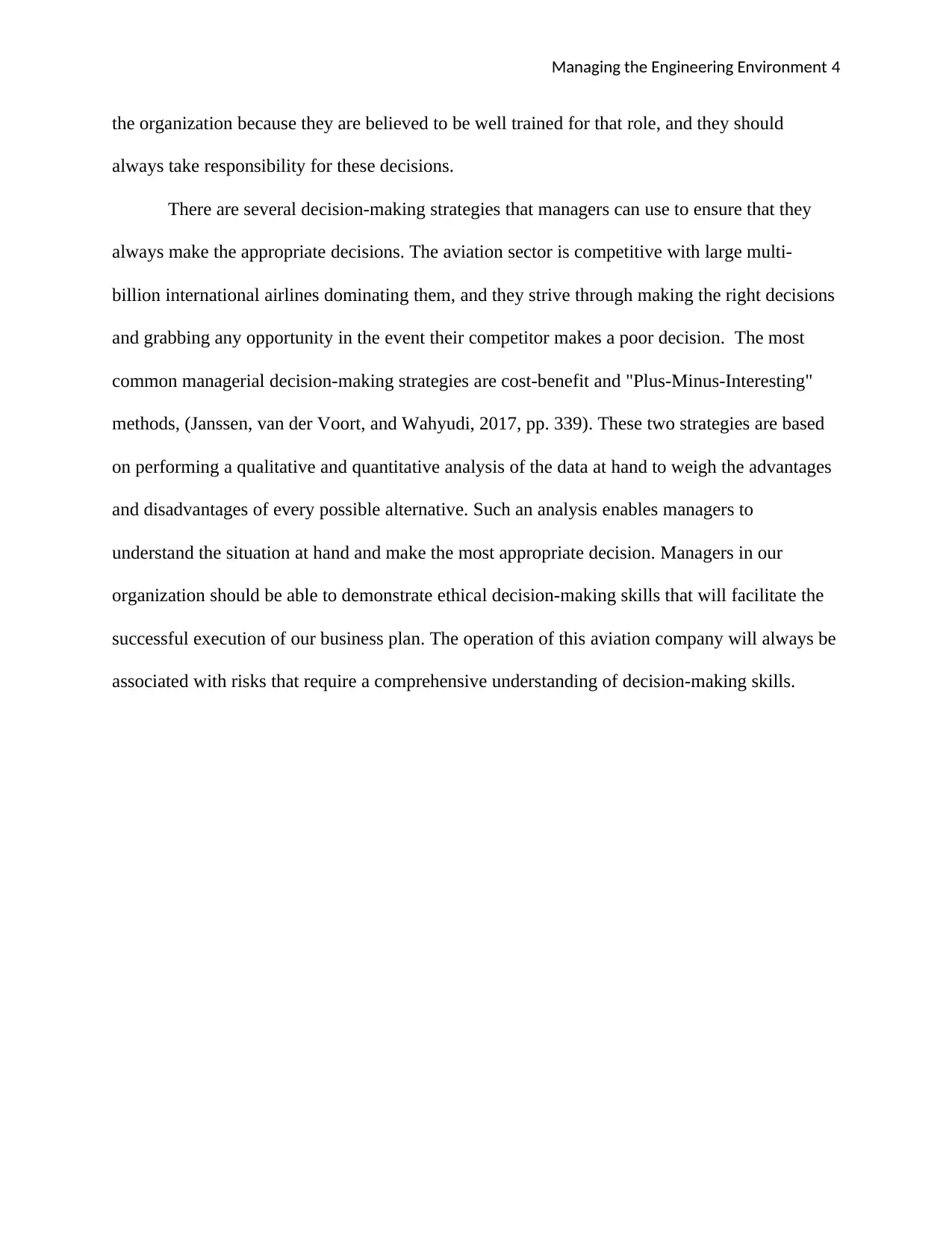
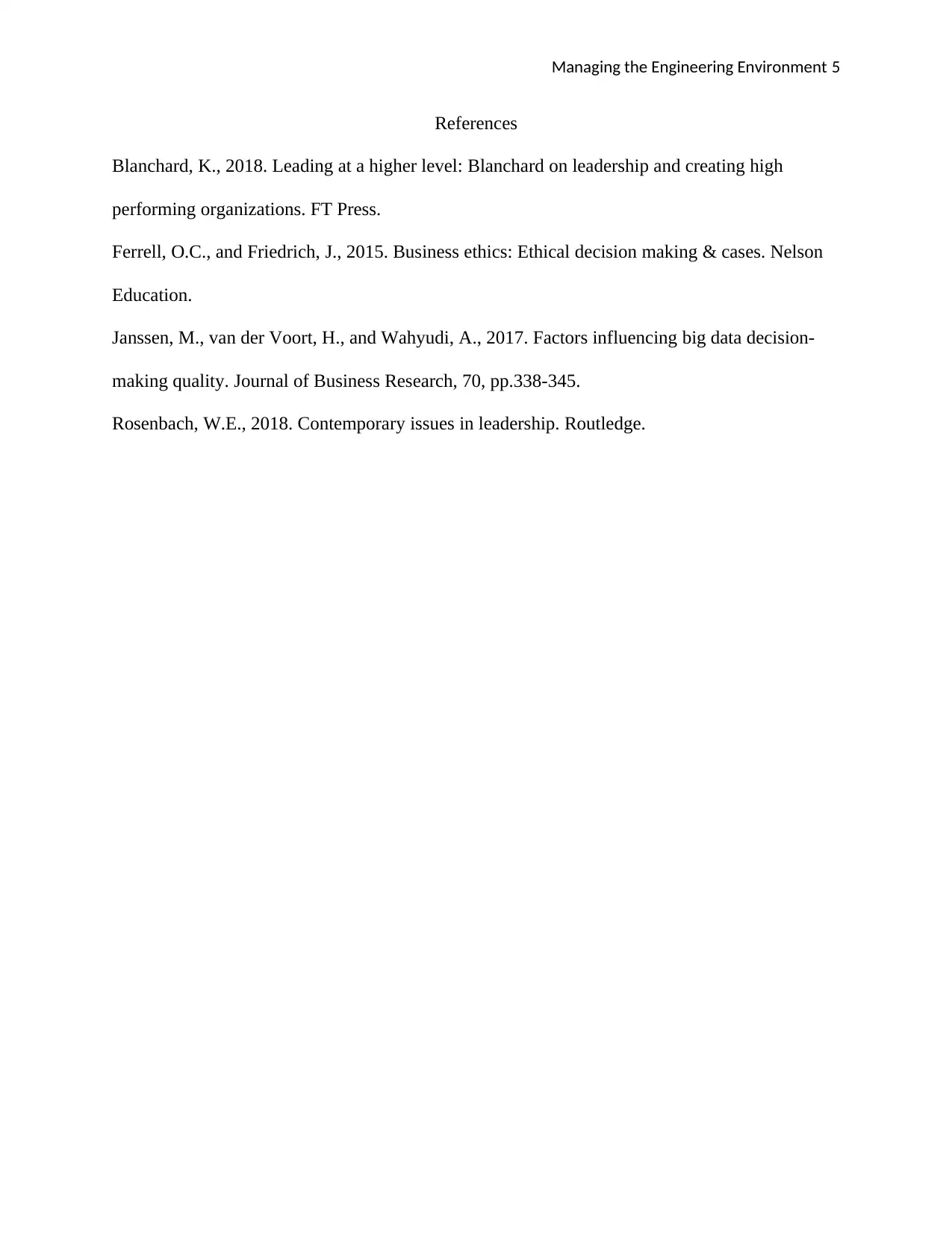






![[object Object]](/_next/static/media/star-bottom.7253800d.svg)